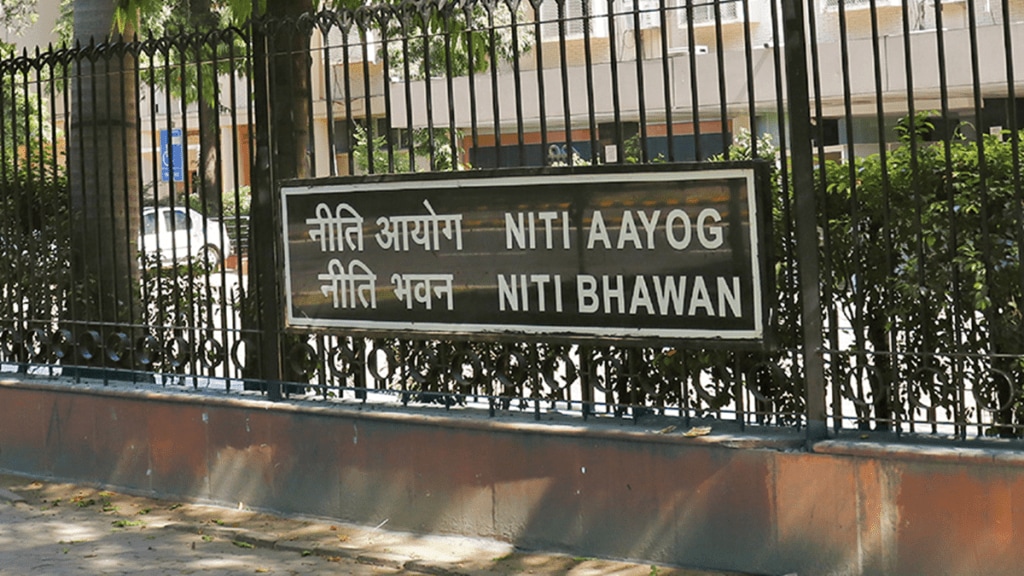While India’s tech and other services sector faces the threat of significant job displacements and layoffs induced by AI till 2031, it also has the opportunity to create up to 4 million new jobs in the next five years, NITI Aayog said on Friday.
As the news of mass layoffs and AI induced job displacement spreads like wildfire, creating almost a mass panic like situation around the world, India’s premiere policy think tank (NITI Aayog) on Friday proposed an action plan that aims to reduce the loss of jobs to AI.
What does the report say?
NITI Aayog released its ‘Roadmap for Job Creation in the AI Economy’ authored by CEO BVR Subrahmanyam, on Friday. As per a press release, the roadmap was curated with guidance from experts from industry giants such as IBM, Infosys, Tech Mahindra, LTIMindtree, Teleperformance, BCG and Nasscom.
The report stated that if India continues to carry its operations in a business-as-usual case, then it stands to face a huge downside. “In this worst case scenario, the headcount in the tech services sector could go down from 7.5 to 8 million in 2023 to 6 million by 2031. Similarly, the headcount in the CX (Customer experience) sector could go down from 2 to 2.5 million in 2023 to 1.8 million,” the report said.
To turn disruption into opportunity, NITI Aayog has recommended the launch of a National AI Talent Mission, a bold, nationally coordinated effort to transform India into the AI workforce capital of the world.
What does NITI recommend?
As per NITI Aayog the urgency of the problem has become quite clear over the recent months as we have seen with mass layoffs and other developments across the world.
“AI is advancing faster than policy, curriculum, and skilling cycles can adapt. If India does not act in time, the nation risks not only irreversible job losses in its flagship Tech Services but also broader societal disruption, economic marginalisation, and a weakening of its global competitiveness,” the report noted.
As per the report, three existing factors exacerbate the AI risk in the country namely high job displacement risk, gaps in India’s computer science education, and a shortfall in AI talent in the country. However the report’s author argues that if India plays its cards right, AI will create upward tailwinds in the long run, unlocking new roles, technology, and use cases.
NITI CEO on India’s strength
“India’s strength lies in its people. With over 9 million technology and customer experience professionals, and the world’s largest pool of young digital talent, we have both the scale and ambition. What we need now is urgency, vision, and coordination,” Subrahmanyam said.
The roadmap envisions a mission-mode approach anchored on three key pillars: embedding AI across the education system to make AI literacy a foundational skill in schools, universities, and vocational programs.
The report further acknowledges the need for the government to provide better open data, benchmarks, and computing infrastructure to be able to better utilize India’s potential tech talent and recommends establishing an India Open-Source AI Commons to democratise innovation.
India’s future in the AI economy hinges on decisive action. With coordinated leadership across government, industry, and academia, the report stresses that India can not only safeguard its workforce but also lead in shaping global AI.


